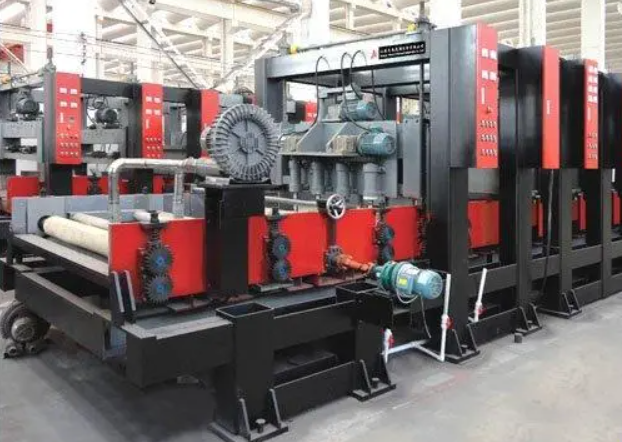Mirror finish aluminum sheets are essential materials in various industries due to their smooth and glossy surfaces. To achieve the desired mirror effect and enhance the performance of these sheets, several surface treatment techniques are employed. Here’s an elaboration on each technique.
Mechanical Polishing
Mechanical polishing is a fundamental technique used to refine the surface of mirror finish aluminum sheets. It involves the use of mechanical abrasives, such as grinding wheels or polishing compounds, to remove surface imperfections and create a smooth, uniform surface. This process is essential for preparing the aluminum sheet for subsequent treatments and achieving a high-quality mirror finish.

Chemical Polishing
Chemical polishing is a chemical surface treatment method that involves immersing the aluminum sheet in a chemical solution to remove surface irregularities and enhance its glossiness. The solution typically contains acidic or alkaline compounds that react with the surface of the aluminum, dissolving any rough spots or oxide layers. Chemical polishing results in a smooth, reflective surface and is often used as a pre-treatment step before electroplating or anodizing.
Electrolytic Polishing
Electrolytic polishing is an electrochemical process used to refine the surface of mirror finish aluminum sheets. In this technique, the aluminum sheet is immersed in an electrolyte solution and subjected to an electric current. The current causes the surface of the aluminum to dissolve at a controlled rate, resulting in a smoother, more uniform surface finish. Electrolytic polishing is particularly effective for removing surface defects and enhancing the reflectivity of the aluminum sheet.
Anodização
Anodizing is a surface treatment process that involves creating a durable oxide layer on the surface of the aluminum sheet. In this technique, the aluminum sheet is immersed in an electrolyte solution and subjected to an electric current, which stimulates the formation of an oxide layer on the surface. The thickness and appearance of the oxide layer can be controlled to achieve different decorative effects, including a mirror finish. Anodizing also improves the corrosion resistance and durability of the aluminum sheet.
Vacuum Deposition
Vacuum deposition, also known as physical vapor deposition (PVD), is a technique used to apply thin metallic coatings to the surface of mirror finish aluminum sheets. In this process, aluminum is evaporated or sputtered onto the surface of the aluminum sheet in a vacuum chamber, forming a thin, reflective layer. Vacuum deposition enhances the mirror-like appearance of the aluminum sheet and can be used to create decorative finishes with different colors and textures.
Powder Coating
Powder coating is a surface finishing technique that involves applying a dry powder to the surface of the aluminum sheet and then curing it to form a durable, protective coating. This technique is commonly used to enhance the appearance and durability of mirror finish aluminum sheets, providing resistance to corrosion, abrasion, and fading.
These surface treatment techniques play a crucial role in achieving the desired mirror finish and enhancing the performance of aluminum sheets in various applications. Each technique offers unique benefits and can be tailored to meet specific requirements for appearance, durability, and functionality.